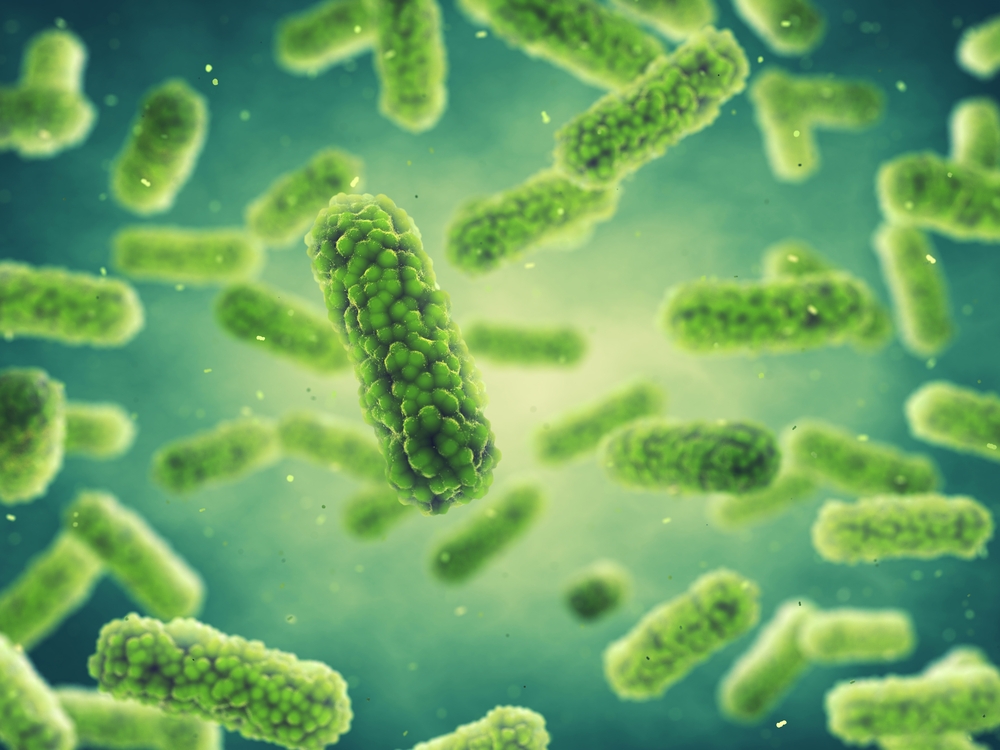BORDETELLA PERTUSSIS FHA
Bordetella pertussis filamentous haemagglutinin (FHA) is extracted from Bordetella pertussis bacteria and purified to a very high degree (>98%). As a cell surface protein of B. pertussis, FHA functions as an adhesin. FHA is often used in combination with pertussis toxin for diagnostic screening purposes, whereas highly pure B. pertussis toxin alone is used predominantly for the monitoring of vaccination programmes.
PRODUCT INFORMATION – BORDETELLA PERTUSSIS FHA
- B. pertussis filamentous haemagglutinin (FHA).
- Stored pH 8.5 Tris-HCL buffer.
BACKGROUND
Bordetella pertussis is a Gram-negative, aerobic, pathogenic, encapsulated coccobacillus of the genus Bordetella, and the causative agent of pertussis or whooping cough. Like B. bronchiseptica, B. pertussis is motile and expresses a flagellum-like structure. Its virulence factors include pertussis toxin, adenylate cyclase toxin, filamentous hæmagglutinin, pertactin, fimbria, and tracheal cytotoxin. The bacterium is spread by airborne droplets; its incubation period is 7–10 days on average (range 6–20 days). Humans are the only known reservoir for B. pertussis. The complete B. pertussis genome of 4,086,186 base pairs was published in 2003. Compared to its closest relative B. bronchiseptica, the genome size is greatly reduced. This is mainly due to the adaptation to one host species (human) and the loss of capability of survival outside of a host body. The virulence factors of B. pertussis include filamentous haemagglutinin (FHA), pertussis toxin, tracheal cytotoxin, pertactin and fimbria. Filamentous hemagglutinin (FHA) is a cell surface protein of Bordetella pertussis which functions as an adhesin for this organism. It is a component of many acellular pertussis vaccines. It is a cell surface protein that plays a major role in adhesin for this organism and is highly immunogenic. It possesses a large beta-helical which can be both secreted or surface associated, and is also able to display a variety of attachment activities which is largely derived from its multiple binding domains. This property is able to facilitate Bordetella attachment to many extracellular structures and eukaryotic cell types. FHA forms an essential component of a large number of acellular pertussis vaccines. It is also common practice to use FHA in combination with pertussis toxin for many diagnostic screening applications, whereas the use of highly pure B. pertussis toxin alone is used mainly monitoring of vaccination programmes (Esposito et al., 2019).
REFERENCES
- Esposito S, Stefanelli P, Fry NK, Fedele G, He Q, Paterson P, Tan T, Knuf M, Rodrigo C, Weil Olivier C, Flanagan KL, Hung I, Lutsar I, Edwards K, O’Ryan M, Principi N; World Association of Infectious Diseases and Immunological Disorders (WAidid) and the Vaccine Study Group of the European Society of Clinical Microbiology and Infectious Diseases (EVASG). Pertussis Prevention: Reasons for Resurgence, and Differences in the Current Acellular Pertussis Vaccines. Front Immunol. 2019 Jul 3;10:1344.

